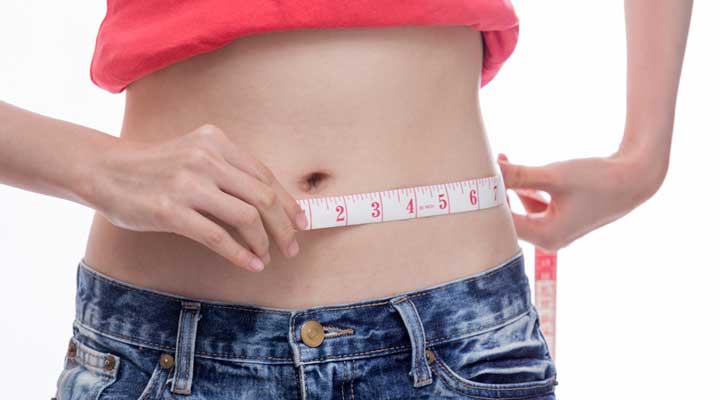- Measure your mid-section — at the level of your belly button. Make sure you’re not holding your breath at the time. You may be at a higher risk of Type 2 diabetes, high blood pressure, high cholesterol, and heart disease if you’re a male with a waist greater than 40 inches in diameter, or if you’re a non-pregnant female with a waist greater than 35 inches. Healthful eating and adopting an active lifestyle can help you to decrease your waist size and reduce your chances of getting these health risks.
- Scan your skin — Start with your face and work your way down your entire body, observing any moles. For your back side, ask a close friend, significant other, or loved one to do the check. Use the ABCDE skin standards for evaluating moles. A – asymmetrical, B – irregular borders, C – abnormal color, D – diameter larger than a pencil, E – size evolving over time. If your moles show any ABCDE signs, contact your healthcare provider.
- Test your tiredness — You’ll need to ask someone else to help with this one, because you’ll need that person to watch you sleep. Have your partner pay attention to snoring patterns, pauses in breathing lasting 10 seconds or longer, and gasping for air, moaning, or mumbling. These are signs of sleep apnea. If your partner notices these habits, you may want to contact your healthcare provider for evaluation for a formal sleep study.
3 at Home Health Checks you should do regularly
